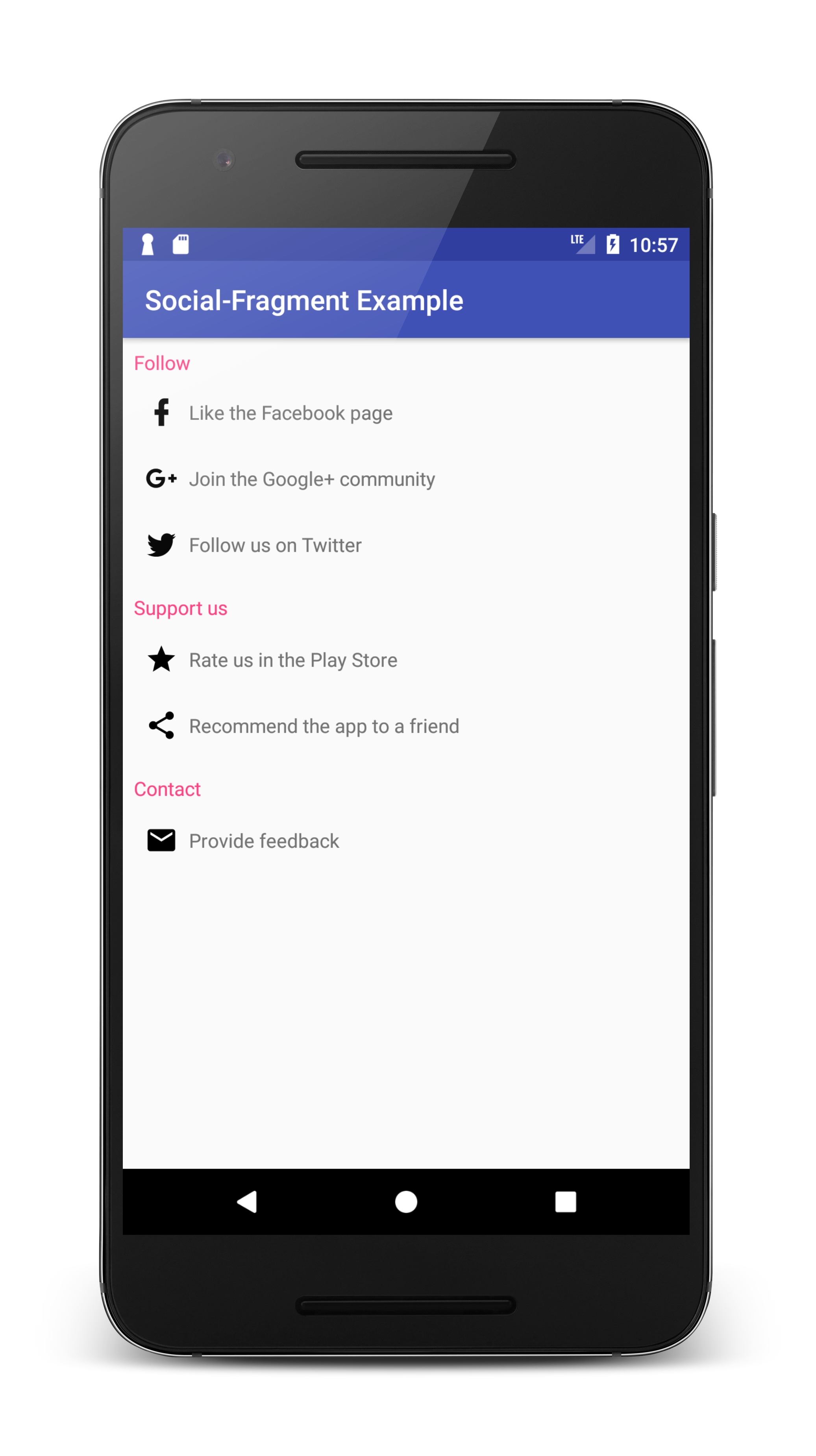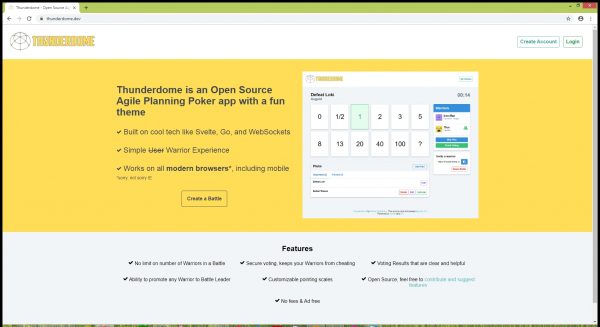Poker Planning App
- Poker Planning App Download
- Agile Planning Poker App
- Poker Planning App Builder
- Planning Poker App Jira
The story point values on the agile planning poker planning cards were created by Mike Cohn, and the range of values is often referred to as the “Cohn Scale” in his honor. The scale is similar to the Fibonacci sequence, where each number is generated by taking the sum of the previous two numbers. Download Scrum Poker Planning (cards) and enjoy it on your iPhone, iPad, and iPod touch. Planning poker is a consensus-based technique for estimating, mostly used to estimate effort or relative size of development goals in software development.

Planning Poker® in Scrum brings together multiple expert opinions for the agile estimation of a project. In this type of agile planning, we include everyone from programmers, testers and database engineers to analysts, user interaction designers and more. Because these team members represent all disciplines on a software project, they’re better suited to the estimation task than anyone else.

To get started with Planning Poker with your team, you can purchase Planning Poker cards from Mountain Goat Software. Or, play Planning Poker online for free.
How Does Planning Poker Work?
At the start of this agile planning exercise, each estimator is given a deck of Planning Poker cards. Each card has one of the valid estimates on it, for example: 0, 1/2, 1, 2, 3, 5, 8, 13, 20, 40, 100 and infinity.
For each user story or theme to be estimated, a moderator (usually the product owner or an analyst) reads the description. There will be some discussion, where the product owner answers any questions the estimators have. But the goal of Planning Poker in Scrum is not to derive an estimate that will withstand all future scrutiny. Instead, we want a valuable estimate that can be arrived at inexpensively.
After discussion, each estimator privately selects a Planning Poker card representing his or her agile estimation. Once each estimator has made a selection, cards are simultaneously turned over and shown so that all participants can see one another’s estimate.
Estimates will likely differ significantly. And that’s OK. The highest and lowest estimators explain their perspective so that the team can know where they’re coming from. The moderator takes notes during this agile planning session that will be helpful when the story is programmed and tested.
After discussion, each estimator re-estimates by selecting a card. Often, the estimates will converge by the second round. If not, repeat the process until the team agrees on a single estimate to use for the story or these. It rarely takes more than three rounds in agile estimation to reach the goal.
Tips for Planning Poker in Scrum

Here’s some tips for common challenges in Planning Poker:
- Keep discussions productive: Consider purchasing a two-minute sand timer, and allowing anyone in the meeting to start it at any time. When the sand runs out, the next round of Planning Poker cards is played. This helps teams learn to estimate more rapidly within agile planning.
- Break out into smaller sessions: It is possible to play Planning Poker with a subset of the team. It’s not ideal, but a good option if there are many stories to be estimated, as can often happen at the start of a new project.
- Choose the right time to play: Estimating teams will need to play Planning Poker at two different occasions. The first time, teams will usually estimate a large number of items before the project kicks off or during first iterations. The second time, teams need to put forth ongoing effort to estimate new stories identified during an iteration.
You can learn more about Planning Poker in detail in the Mountain Goat Software store or in Mike Cohn’s book, Agile Estimating and Planning.
Effective estimation is one of the toughest challenges software developers face in their jobs. Regardless of team size, they need to define, estimate, and distribute work throughout a team. As teams get larger, it becomes even more important to build good habits around planning and estimating work. Lack of planning and estimating reduce confidence in a program, breaks down relationships between the team and the business, and makes development harder on everyone.
Best Scrum Software Every Project Needs
A powerful scrum software that supports scrum project management. It features scrum tools like user story map, product backlog management, sprint backlog management, task management, daily scrum meeting, sprint planning tool, sprint review tool, sprint retrospective tool, burndown, impediment, stakeholder and team management.
The Accuracy of Group vs. Individual Estimation
Poker Planning App Download
According to some study on the accuracy of estimation of effort between individual and group in an experiment for a software project. 20 software professionals from the same company individually estimated the work effort required to implement the same software development project. The participants had different background and roles and the software project had previously been implemented. After that, they formed five groups. Each group agreed on one estimation by discussing and combining of the knowledge among them.
Result – The estimates based on group discussions were more accurate than the individual estimates.
What is Planning Poker?
Planning poker (also known as Scrum poker) is a consensus-based, gamified technique for estimating, mostly used to estimate effort or relative size of development goals in software development.
Steps for Planning Poker

- To start a poker planning session, the product owner or customer reads an agile user story or describes a feature to the estimators.
For example:
“Customer logs in to the reservation system”
“Customer enters search criteria for a hotel reservation” - Team members of the group make estimates by playing numbered cards face-down to the table without revealing their estimate (Fibonacci values: 1,2,3,5,8,13,20,40)
- Cards are simultaneously displayed
- The estimates are then discussed and high and low estimates are explained
- Repeat as needed until estimates converge
By hiding the figures in this way, the group can avoid the cognitive bias of anchoring, where the first number spoken aloud sets a precedent for subsequent estimates.
Agile Estimation – Relative vs Absolute
An estimate is nothing more than a well educated guess. We use all the knowledge and experience at hand to make a guess about the amount of time it is going to take. So instead of looking at every new work item separately, why not compare it to previously finished work items? It’s easier for humans to relate to similar items than to guess the actual size of things anyway.
For example, is it closer to this really small thing? Or is it more like this normal sized item? Or is it really huge like that one piece of work we finished last month? Doing relative estimates will not only reduce the amount of time spent on estimating work, it will also heavily increase the accuracy of the estimates.
Our brain is not capable of doing absolute estimates; we always put that new thing that we need to estimate in relationship to things we already know.
Agile Planning Poker App
Fibonacci sequence and Planning Poker
Planning Poker uses of the Fibonacci sequence to assign a point value to a feature or user story. The Fibonacci sequence is a mathematical series of numbers that was introduced in the 13th century and used to explain certain formative aspects of nature, such as the branching of trees. The series is generated by adding the two previous numbers together to get the next value in the sequence: 0, 1, 1, 2, 3, 5, 8, 13, 21, and so on.
For agile estimation purposes, some of the numbers have been changed, resulting in the following series: 1, 2, 3, 5, 8, 13, 20, 40, 100 as shown in the Figure below:
Poker Planning App Builder
The Interpretation of the point assigned to a poker card is listed in the table below:
| Card(s) | Interpretation |
|---|---|
| 0 | Task is already completed. |
| 1/2 | The task is tiny. |
| 1, 2, 3 | These are used for small tasks. |
| 5, 8, 13 | These are used for medium sized tasks. |
| 20, 40 | These are used for large tasks. |
| 100 | These are used for very large tasks. |
| <infinity> | The task is huge. |
| ? | No idea how long it takes to complete this task. |
| <cup of coffee> | I am hungry 🙂 |
Point vs Hour Value in Estimation
So why use story points instead of time values? Story pointing allows the team to focus on the complexity and time involved in delivering a piece of work. The team compares the new work against work they’ve already done. They compare the complexity of the new assignment against past challenges and rank the difficulty as well as the time required.
For example, we don’t often account for “the cost of doing business.” Meetings, email, code reviews, etc. with time values. But in reality, all these are necessary practices throughout in our daily life, but don’t actually count as “work.” Story points isolate the software development work from the associated logistic work items, so estimates using point based should more consistent than hour base approach.
Planning Poker App Jira
| About Visual Paradigm |
| Visual Paradigm help organizations stay competitive and responsive to change faster and better in today’s fast changing environment. Our award-winning products are trusted by over 320,000 users in companies ranging from small business, consultants, to blue chip organizations, universities and government units across the globe. It enables organizations to improve business and IT agility and foster innovation through popular open standards and process frameworks.Visual Paradigm, a killer Agile feature in 2018, introduced Scrum Process Canvas for automating the way a Scrum team to create, manage and deploy software application that empowers the team to continuously improve their performance at unprecedented speed and scale. Manage the Entire Scrum Process in One Page
|